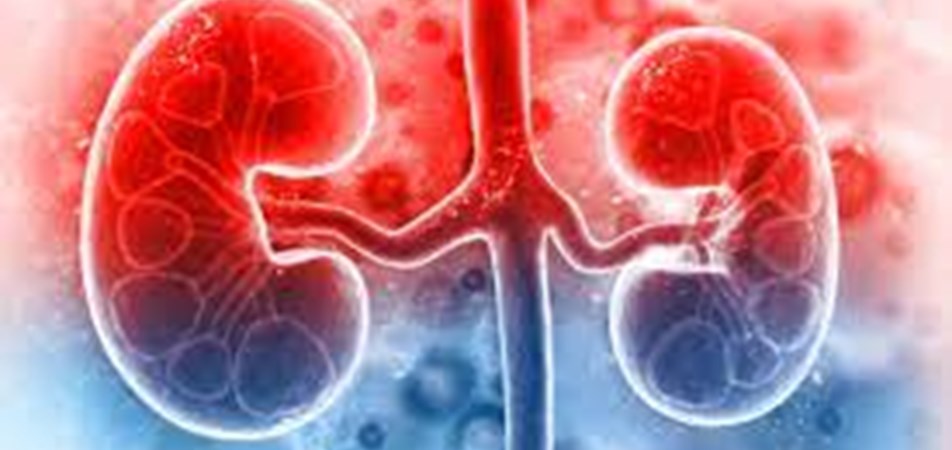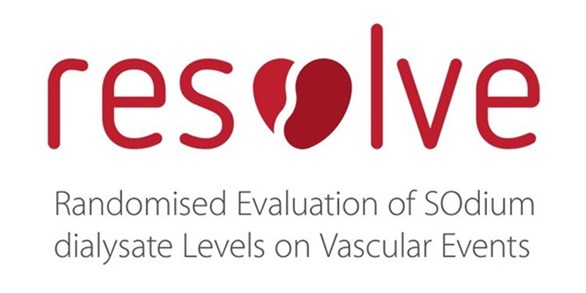To recover your password please fill in your email address
Please fill in below form to create an account with us





Randomised Evaluation of SOdium Dialysate Levels on Vascular Events (RESOLVE)
Background:
Chronic kidney disease with kidney failure is increasing globally in line with the rise in the number of people with diabetes, high blood pressure and obesity, which contribute to kidney disease. Life can be sustained for those with kidney failure through Kidney Replacement Therapy (dialysis or kidney transplantation). Unfortunately, people with kidney failure receiving dialysis have shortened lives, with survival worse than most common cancers. The biggest reason for this is cardiovascular disease - that is, disease of the heart and blood vessels, including heart attacks, strokes, and heart failure. Cardiovascular disease kills half of all people receiving dialysis.
A major cause of cardiovascular disease in people receiving dialysis is build up of sodium (salt) and retention of fluid. Despite improvements in dialysis technology, the majority of people receiving dialysis still suffer sodium and fluid overload. This overload causes high blood pressure, disease in the blood vessels and strain on the heart. New ways of reducing sodium and fluid overload on dialysis are a priority for all people with kidney failure.
Dialysis requires a fluid called dialysate – which must contain sodium – and lowering the dialysate sodium content is a simple, cheap, and effective way of reducing the amount of sodium that builds up in people receiving dialysis. However, lower dialysate sodium might come at a cost of more unstable blood pressure during the dialysis process. The benefit of lower dialysate sodium might be offset by harm from unstable blood pressure. This makes it essential for the effects of lowering dialysate sodium to be tested in a large clinical trial.
Currently, the dialysate sodium in use at dialysis centres varies. Most units use dialysate sodium concentrations of between 135 to 142mmol/L. The dialysate sodium concentration that a person on dialysis receives is determined simply by what dialysis centre they happen to be going to. This variation is not backed up by evidence. The RESOLVE study will replace the haphazard differences between centres by a balanced randomised pattern – allowing researchers to properly understand whether a difference in dialysate sodium affects patient outcomes.
Research Methodology:
RESOLVE is a pragmatic, cluster-randomised, open-label study designed to evaluate, in real-world conditions, the comparative effectiveness of two default dialysate sodium concentrations.
Dialysis sites will be randomised to use a default dialysate sodium concentration of 137mmol/l or 140mmol/l. All other care will be according to standard local practices as determined by the site. The primary outcome is occurrence of heart attack, stroke, or death from any cause. Outcomes will be assessed on individual patients dialysing at those sites, making use of routinely collected data to lower the burden on staff and patients at participating sites. The study will continue until enough outcomes have been observed to give the study sufficient power to detect any difference between the two arms.
Sites will be asked to consent to participation while simple consent methods (e.g. waiver or opt-out consent) will be sought for individual patients.
The study will involve a staged roll-out at sites around the world. Currently, sites are participating in Australia, China, Canada, India, Germany, Malaysia and the UK, with plans to open in South Africa, France and the USA in 2023.
|
Aim: |
RESOLVE will establish whether for patients receiving maintenance haemodialysis in centres employing a default DNa+, treatment in a centre with default DNa+ of 137 mmol/l compared with 140mmol/l reduces major cardiovascular events and death. |
|
Supported By: |
NHMRC 2016 Clinical Trials and Cohort Studies Grant (2017) NHMRC 2019 Clinical Trials and Cohort Studies Grant (2020) |
| Eligibility: |
Participating sites must satisfy all of the following:
Participating sites must NOT satisfy any of the following:
|
|
Registration ID: |
NCT02823821 |
|
Participation: |
International (Australia, Canada, China, Germany, India, Malaysia, United Kingdom, South Africa, France and the USA) |
|
Australian Lead Group: |
The University of Sydney is the Global Sponsor and the NHMRC CTC is the Central Coordinating Centre. The Australasian Kidney Trials Network (AKTN) at the University of Queensland is the Local Sponsor. |
|
Status: |
Active, Recruiting |
|
Activation Date: |
2017 |
|
Chair: |
Professor Meg Jardine |
|
Contact: |
|
|
Publications: |